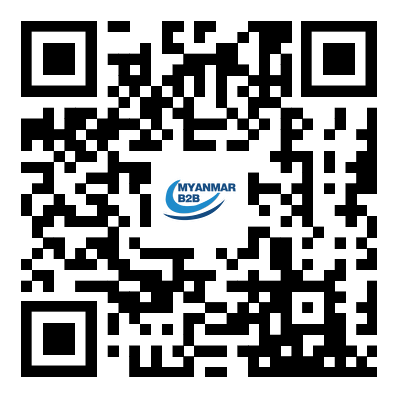Self-Lubricating Bearings: Your Questions Answered
2024-10-30
Self-lubricating bearings have gained significant attention in various industries due to their unique properties and advantages. In this blog post, we’ll answer some common questions about self-lubricating bearings to help you understand their benefits and applications better.
What are Self-Lubricating Bearings?
Self-lubricating bearings are designed to reduce friction between moving parts without the need for external lubrication. They incorporate solid lubricant materials, such as graphite, PTFE (polytetrafluoroethylene), or other specialized compounds, embedded within the bearing material itself. This design allows for continuous lubrication during operation, even in harsh conditions.
How Do Self-Lubricating Bearings Work?
Self-lubricating bearings function through the gradual release of lubricant from the bearing material as it wears during operation. As the bearing rotates or moves, the solid lubricant is transferred to the surface, forming a thin film that minimizes friction and wear. This process reduces the need for regular maintenance and prolongs the bearing's lifespan.
What Are the Advantages of Self-Lubricating Bearings?
1. Reduced Maintenance: One of the most significant advantages is the reduction in maintenance requirements. With no need for regular lubrication, these bearings can operate in environments where traditional bearings would require constant attention.
2. Extended Lifespan: Self-lubricating bearings tend to have a longer service life due to their inherent lubrication properties. They can withstand harsh conditions, such as extreme temperatures and corrosive environments.
3. Cost-Effective: While the initial cost may be higher, the overall cost of ownership is lower because of reduced maintenance, downtime, and replacement expenses.
4. Versatility: These bearings are suitable for various applications, including automotive, aerospace, construction, and industrial machinery, where traditional lubricants may fail.
What Industries Use Self-Lubricating Bearings?
Self-lubricating bearings are widely used across various industries, including:
- Automotive: Used in engines, transmissions, and suspension systems.
- Aerospace: Employed in landing gear, actuators, and control surfaces where reliability is crucial.
- Construction: Found in heavy machinery, cranes, and other equipment operating in harsh conditions.
- Food and Beverage: Used in processing equipment where contamination from lubricants must be avoided.
Are There Any Limitations to Self-Lubricating Bearings?
While self-lubricating bearings offer many benefits, they do have some limitations:
- Load Capacity: They may not handle heavy loads as effectively as traditional bearings, depending on the material used.
- Speed Limitations: In high-speed applications, solid lubricants may not perform as well as liquid lubricants.
- Temperature Range: Some self-lubricating materials may have limitations in extreme temperature ranges, so selecting the right material for the application is crucial.
How Do I Choose the Right Self-Lubricating Bearing?
When selecting a self-lubricating bearing, consider the following factors:
1. Load Conditions: Assess the load and stress conditions the bearing will encounter.
2. Speed Requirements: Evaluate the speed at which the bearing will operate.
3. Environmental Factors: Consider the operating environment, including temperature, humidity, and potential contaminants.
4. Material Compatibility: Ensure that the bearing material is compatible with the application and other materials it will interact with.
Conclusion
Self-lubricating bearings are a valuable solution for many industries seeking to reduce maintenance costs and improve reliability. By understanding their workings, advantages, and limitations, you can make informed decisions about their use in your applications. If you have any more questions about self-lubricating bearings, feel free to ask!



